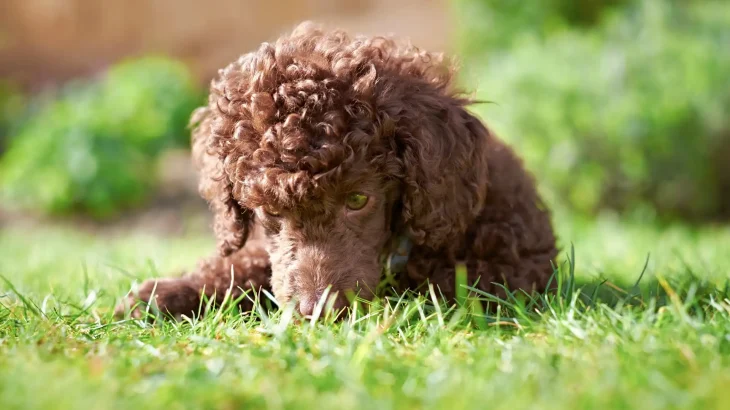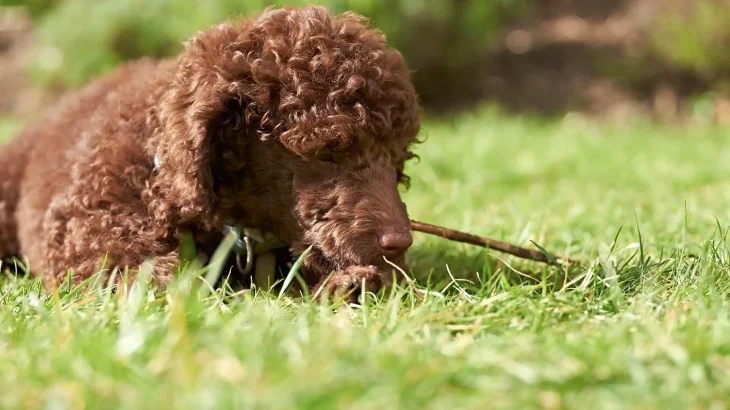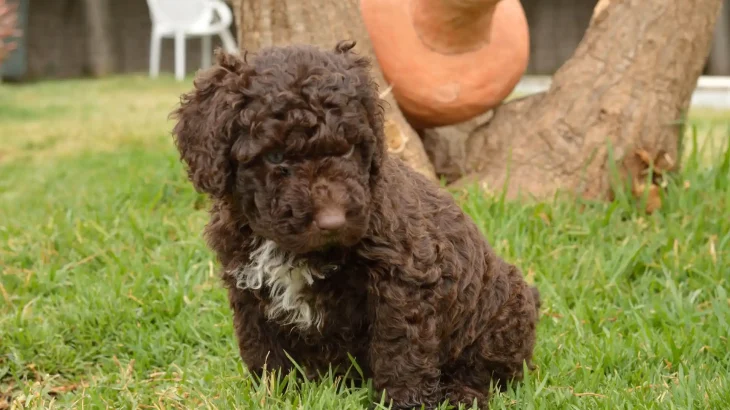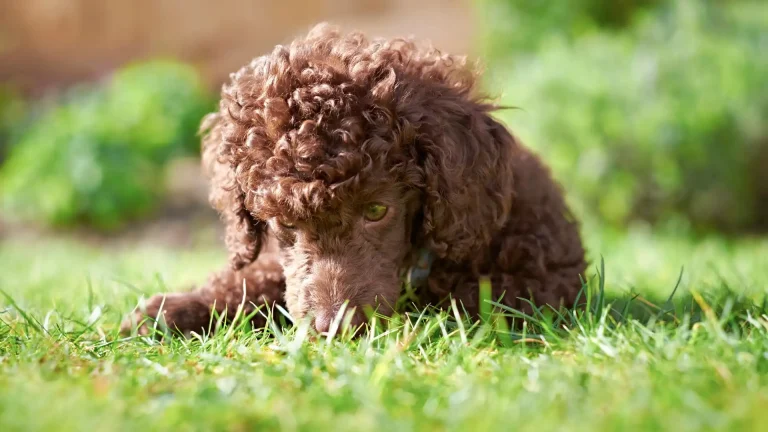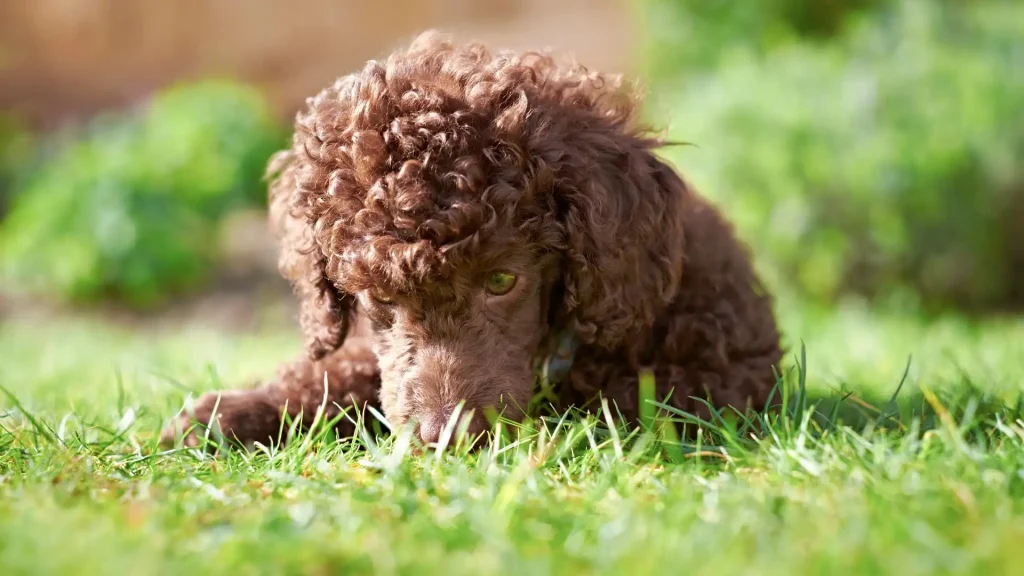Deciding whether to bring home a Lagotto Romagnolo puppy through adoption or purchase depends on factors like health transparency, cost, and ethics. Buying from a breeder often ensures clear lineage and health records, while adopting gives a home to a dog in need, though their full background may be less known.
Here's a quick comparison:
| Criteria | Buying from Breeder | Adopting from Shelter/Rescue |
|---|---|---|
| Cost | Higher initial cost, reflecting pedigree and breeder reputation. | Lower fees, more budget-friendly. |
| Health History | Comprehensive screenings and genetic records offered. | Health background may be limited; basic vet checks usually done. |
| Age Availability | Usually puppies, allowing early socialization. | Various ages, including adults ready for companionship. |
| Temperament Insight | Breeders provide detailed lineage and likely traits. | Behavior observable at adoption; personality more apparent. |
| Ethical Considerations | Supports responsible breeding with reputable breeders. | Helps animal welfare by rescuing a dog in need. |
| Breed Purity & Pedigree | Verified pedigree ensuring breed traits. | Breed purity may be unknown or mixed. |

